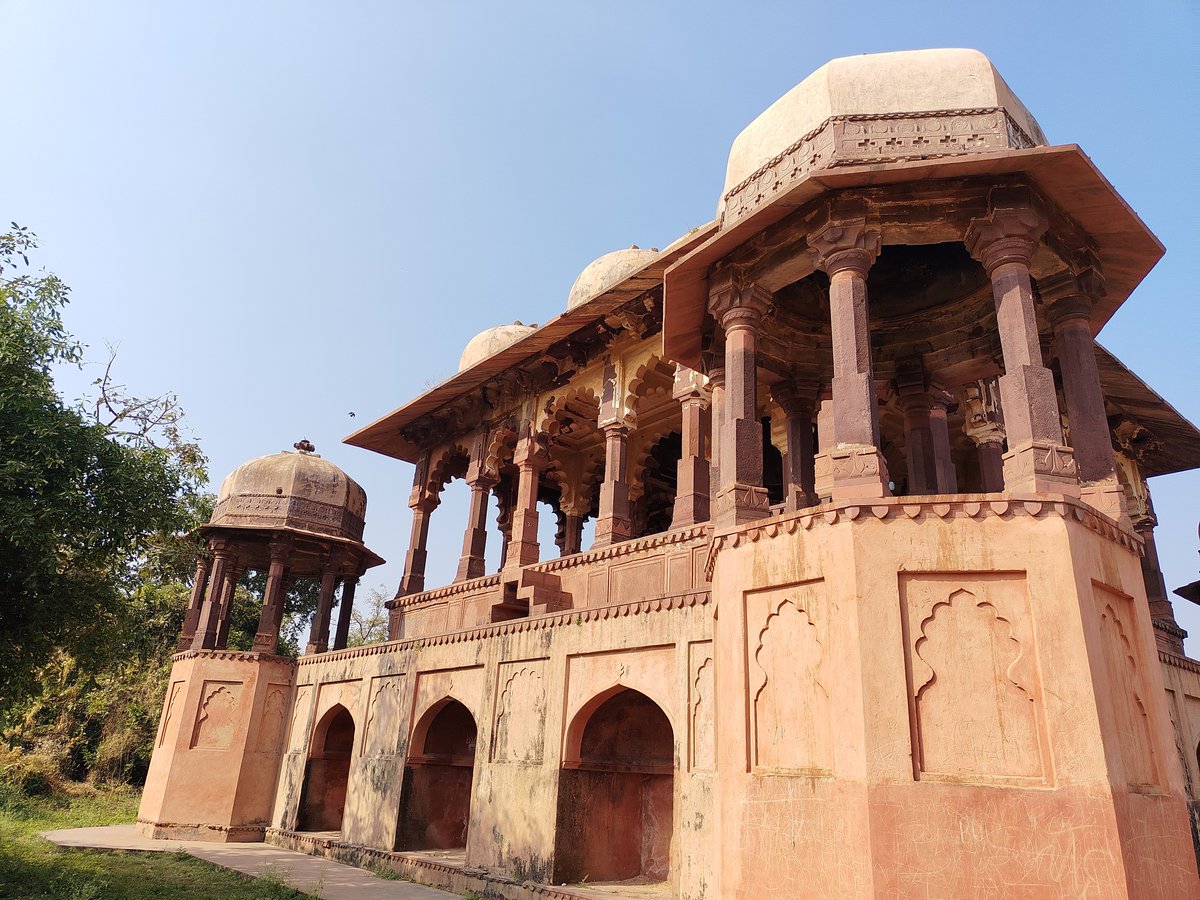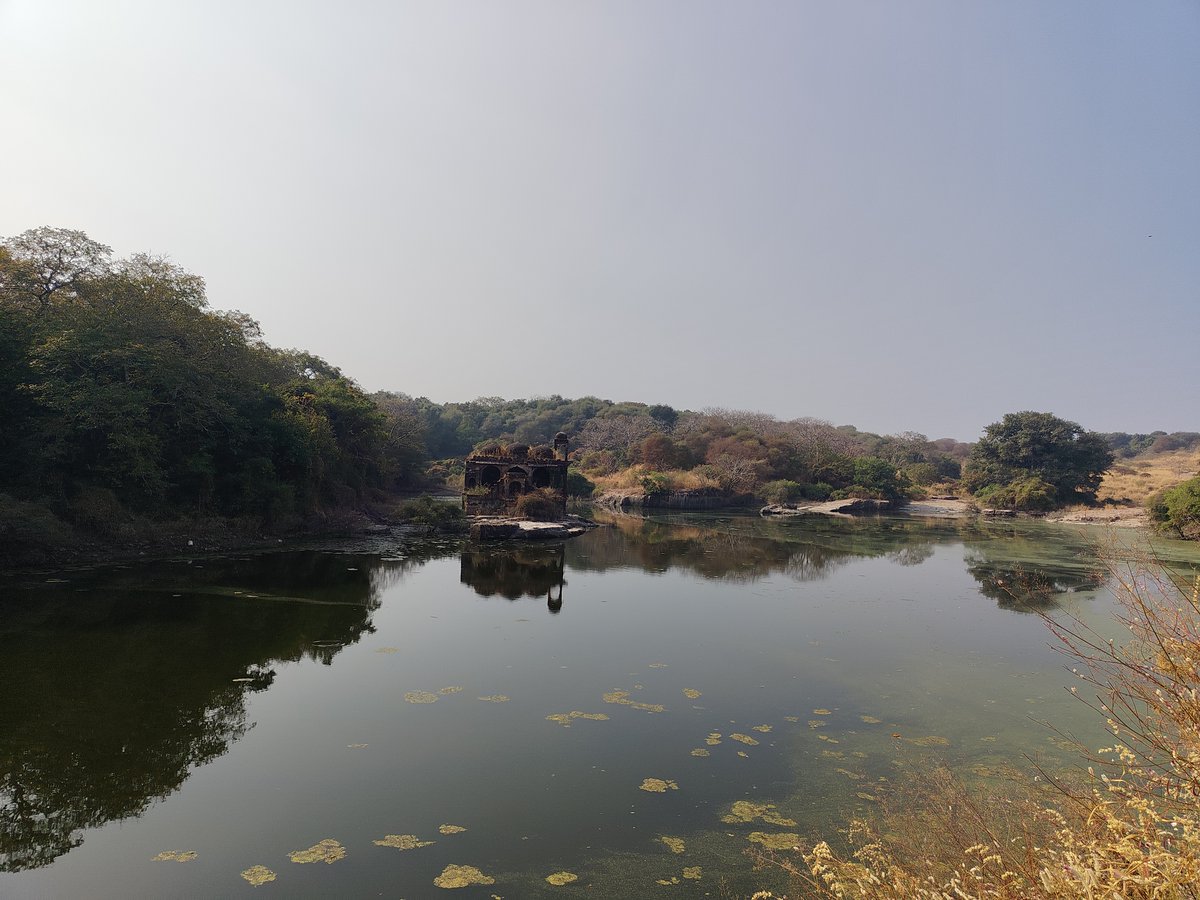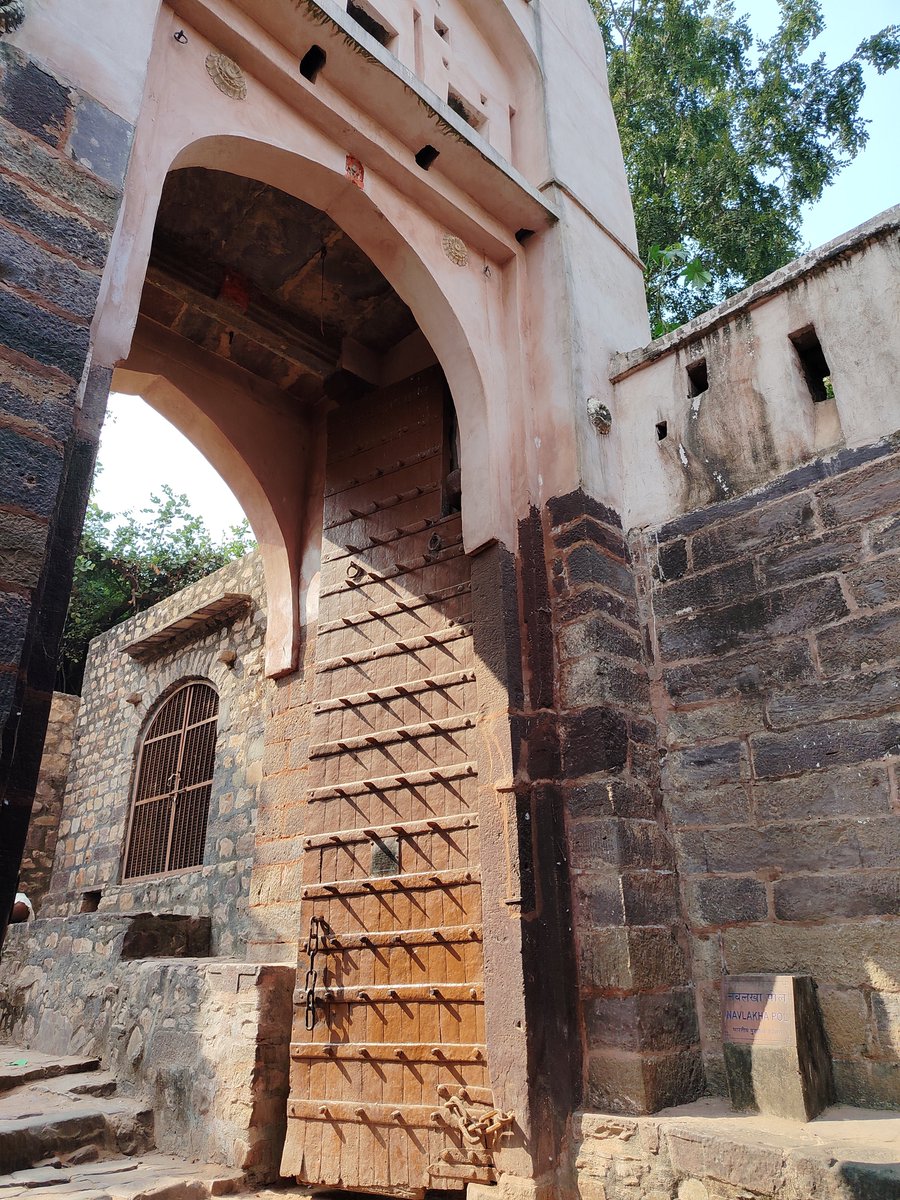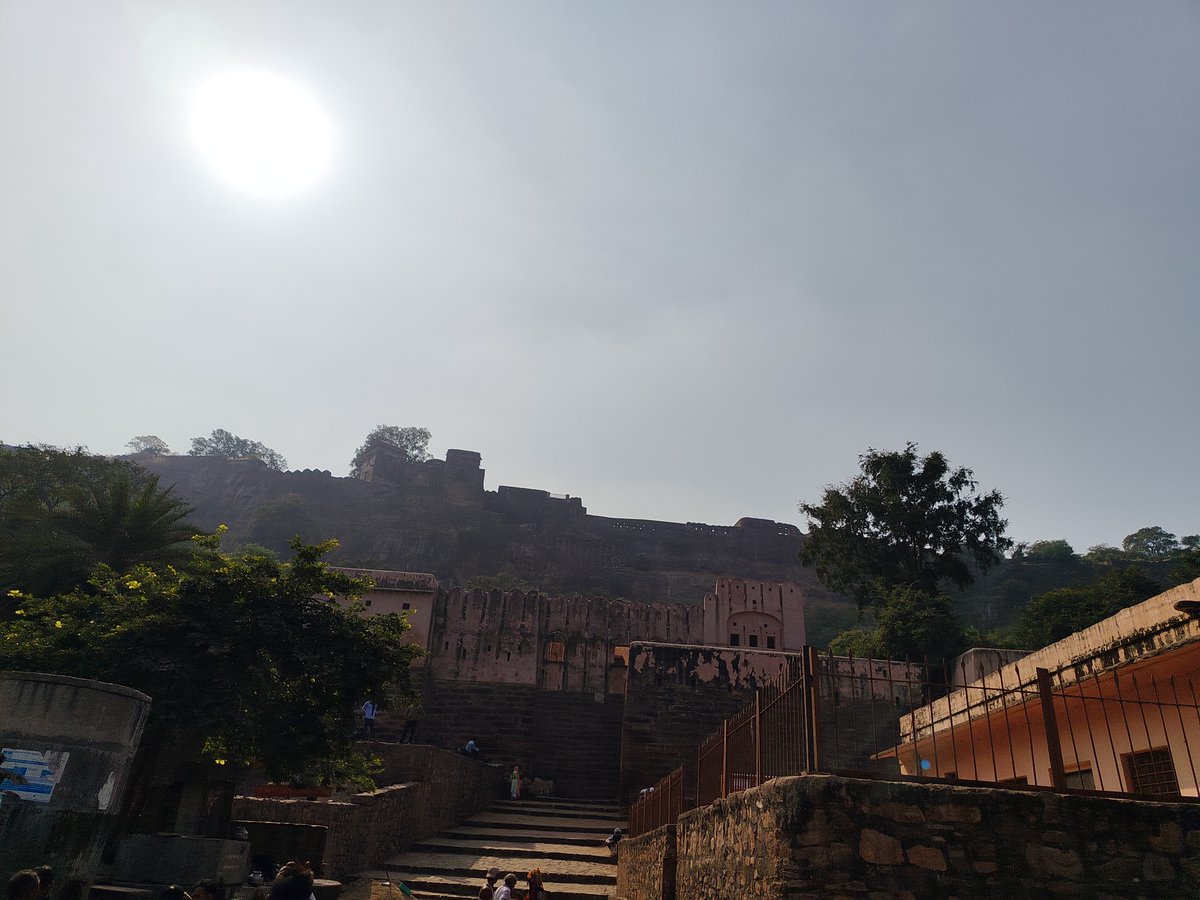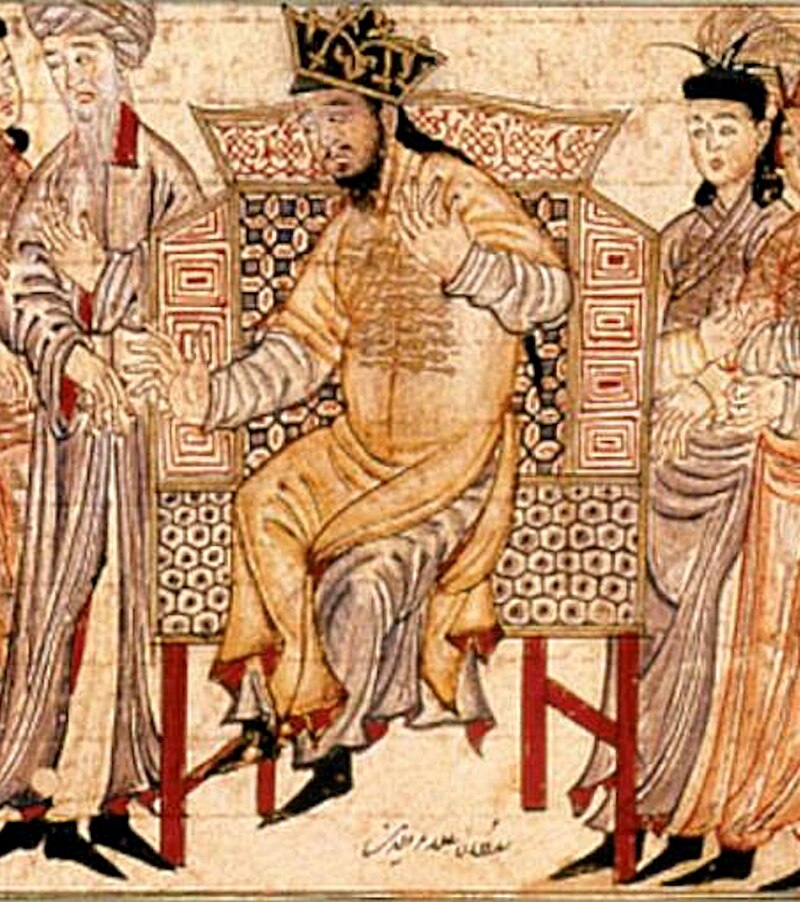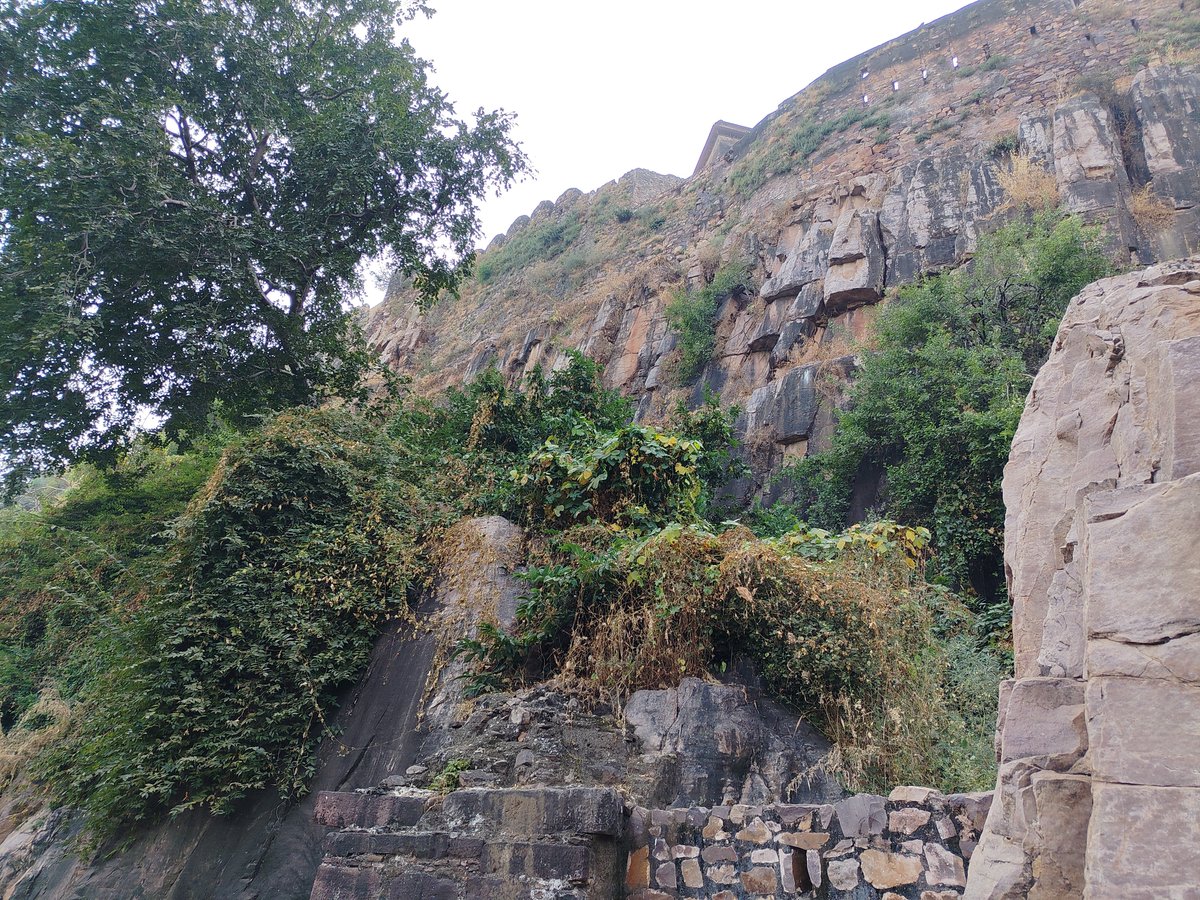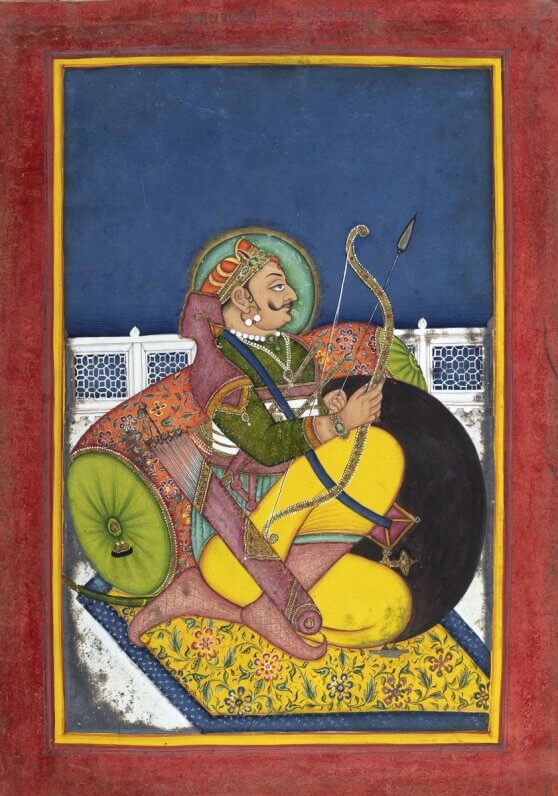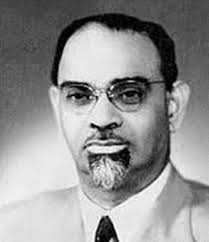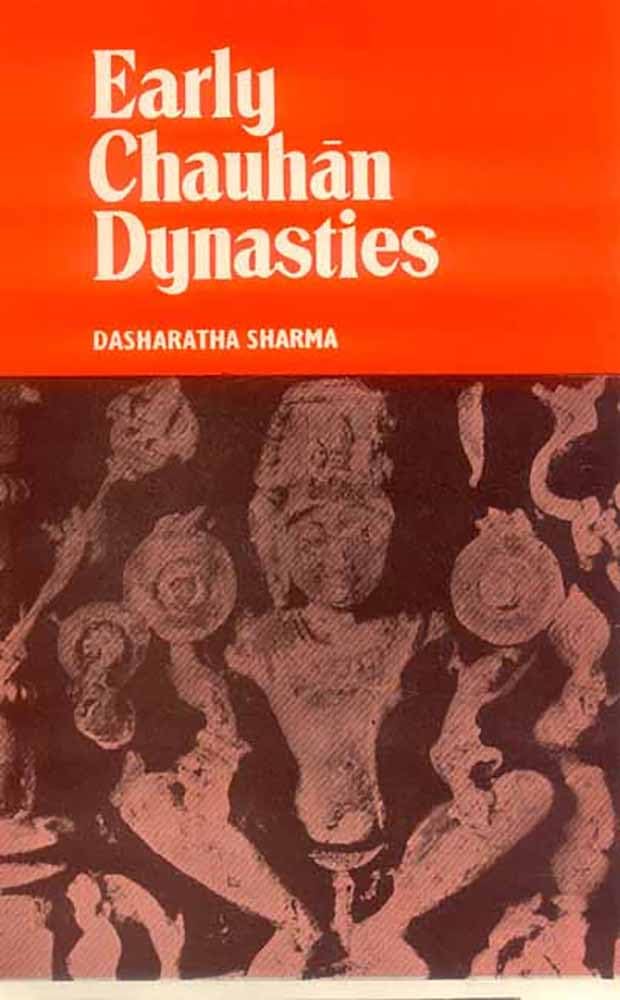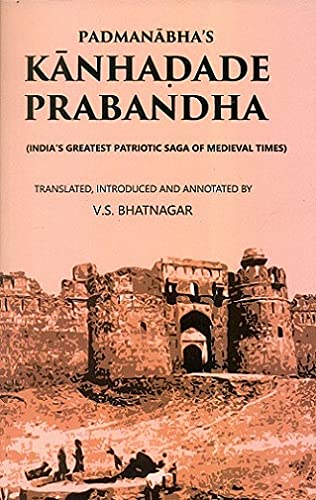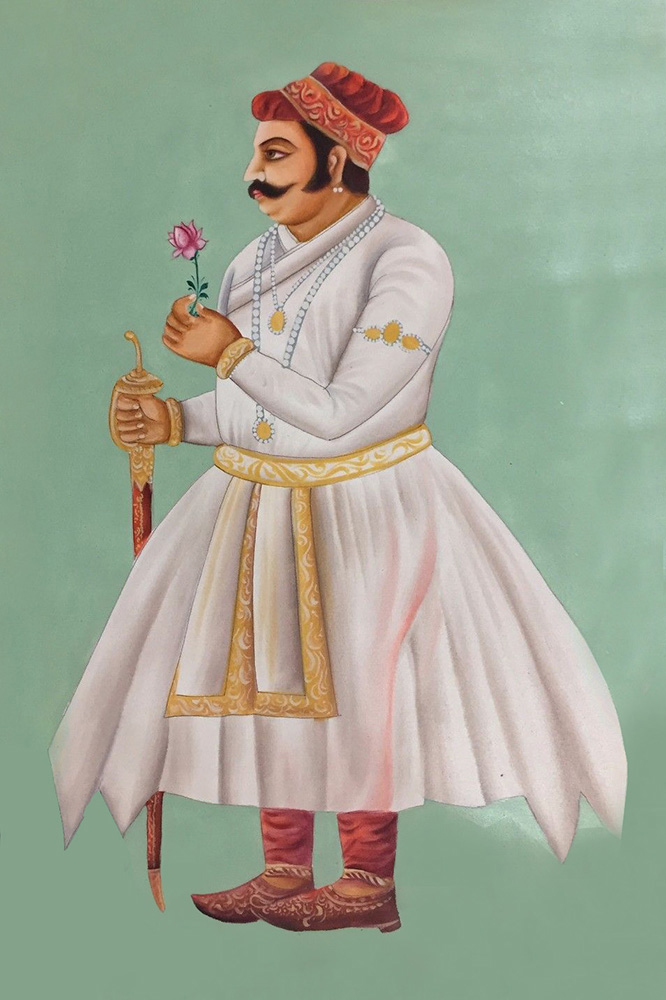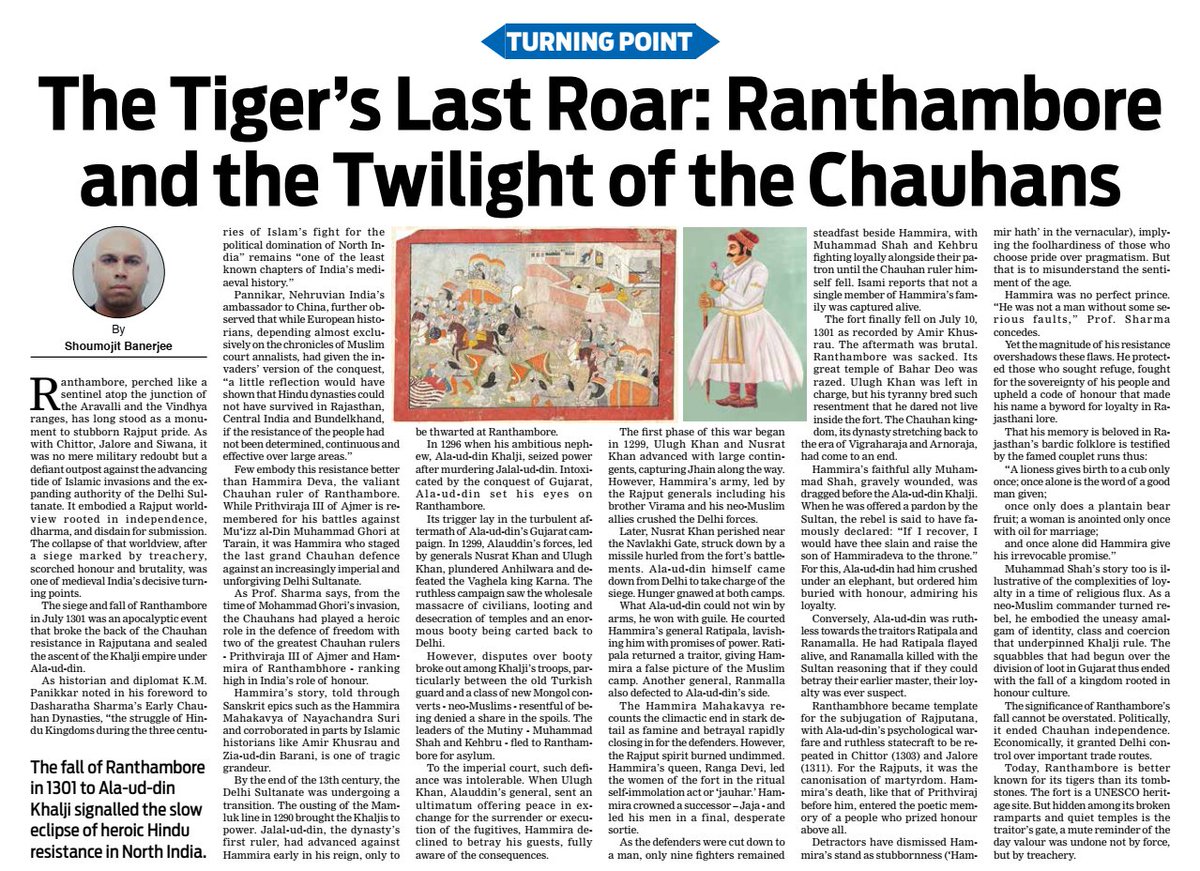
Shoumojit Banerjee
@ShoumojitB
Followers
1K
Following
9K
Media
1K
Statuses
5K
Journalist; Executive Editor @perfectvoice_in; ex- @the_hindu.Interests:Jadunath Sarkar & 18th C India;1618-48, 1756-63, 1789 & Napoleonic era, 1914-45.
Pune
Joined June 2009
Consigned to oblivion in Nehruvian India, Sarkar’s monumental works demand to be read by anybody seriously wishing to understand early modern India, its problems and to restore historical writing that refuses to dilute complexity for convenience.#ncert.🔗
3
13
41
RT @ForeignPolicy: The CIA’s “Marshall Plan for the Mind” involved the smuggling of nearly 10 million books into the Eastern Bloc. https://….
foreignpolicy.com
How the agency’s program to circulate banned books helped take down the Iron Curtain.
0
10
0
Pune rains.'Hound of the Baskervilles' weather outside. Misty clouds across low hills. No plans to cross Grimpen Mire, but settle with two crackerjack espionage reads - a definitive history of the Cold War's greatest secret, and one for 'Cambridge Five' addicts. #BookTwitter
1
0
5




